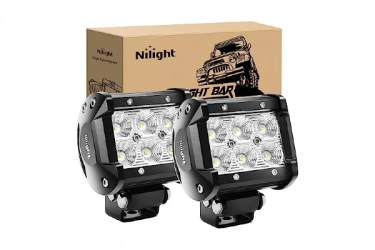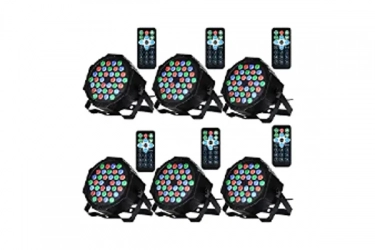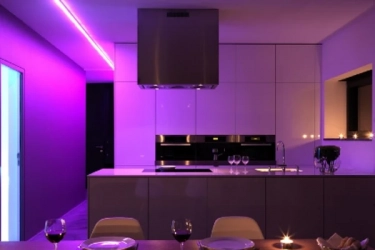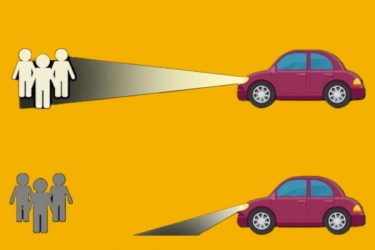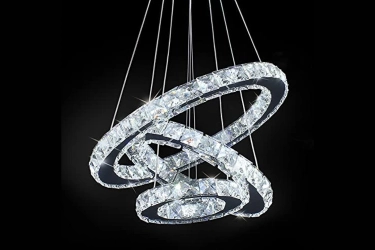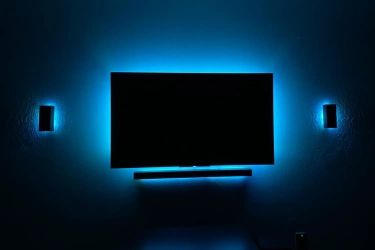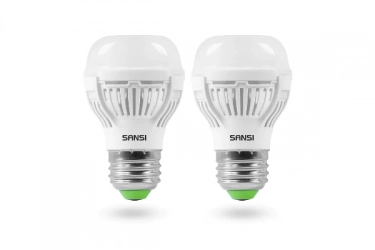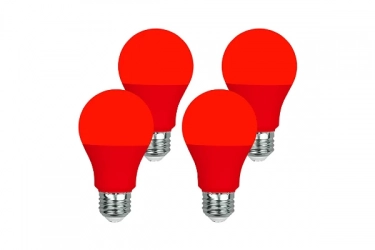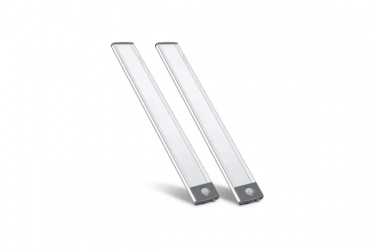We independently research, test, review, and recommend the best products. If you buy something through our links, we may earn a commission.
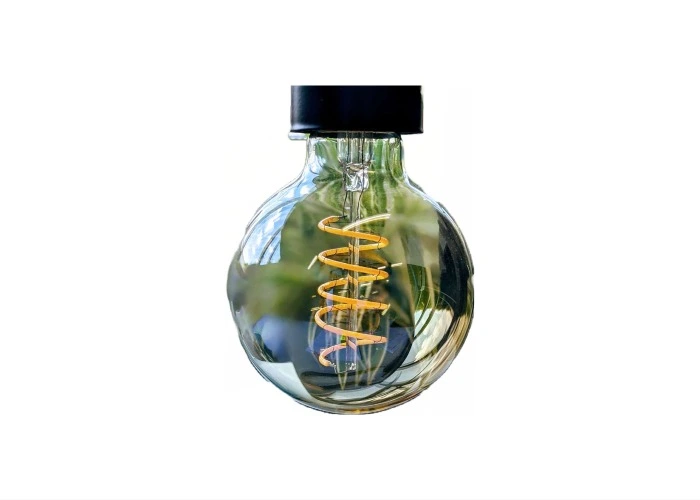
The days of measuring light bulbs by their wattage are long gone. The lumen is the new measuring unit for lighting nowadays. Consumers have been purchasing light bulbs & tube lights based on wattage for the past decade. The idea of measuring light has advanced significantly. Low-watt lights or bulbs like LEDs are now easier to find, thanks to the market's increased emphasis on energy-efficient lighting.
If you wish to switch out your outdated light sources for contemporary LED lamps, you must understand how to convert lumens to watts. The required wattage only has a minor impact on LED lights and luminaires. The real brightness, which is expressed in lumens, is much more significant. Here, you'll get all the details you need to convert lumens to watts LEDs.
Lumens To Watts Conversion
We'll look at some definitions of the two key concepts in lighting before we begin the lumens to watts conversion. The process will be a little bit clearer as a result.
What Is A Lumen?
The luminous flux that a light source emits is measured in lumens. This is the energy that is released each second in the visible light wave range. The product description for LED luminaires & illuminants must always include this information. The abbreviated form lm is frequently used to represent the lumen standard.
Lumens are the unit used to quantify light brightness in the case of LED lighting. Lumens have a different meaning than watts. Lumens indicate the brightness of the light, whereas watts measure the quantity of energy consumed. Light output is measured in lumens. The proportion of light is brighter, the greater the lumen value.
What Is A Watt?
Watts are probably already familiar to you because of the letter "W" found on the majority of lighting boxes. Most people mistakenly think that watts equal brightness, which isn't entirely true. Watts are more closely tied to energy consumption since they are a measurement of just how much power a light requires. Numbers are not the same as before because lights don't need a lot of wattages to achieve higher brightness levels.
Today's energy-efficient light bulbs, such as LEDs, have completely altered the way we think about watts. Since the advent of LED technology, the brightness of a bulb is now the primary consideration when purchasing a light or bulb. LED technology helps to deliver more. As a result, we check the bulb's lumens rather than its wattage when we buy bulbs.
How To Convert Lumens To Watts LEDs?
When replacing older bulbs & lights with new cutting-edge, energy-efficient LED lights, it's crucial to convert lumens to watts. In how many lumens does a watt consist? There is no straightforward way to convert wattage to lumens since watts measure energy production and lumens measure brightness. The lumen output, not the energy use, of energy-efficient light bulbs like LEDs, determines how many lumens are contained in a 60W or 100W bulb.
How to convert lumens to watts is explained in full here. The efficiency of old technology lamps was 15 lumens per watt. Now, the standard lumen output for LED bulbs ranges from 70 to 100. As a result, LED bulbs produce light five to six times more efficiently than older incandescent bulbs. Therefore, you can utilize a 5:1 or 6:1 ratio when swapping out old incandescent bulbs for new, energy-efficient LED bulbs.
The fundamental issue at hand is how many lumens a 60-watt led light bulb produces. You must divide 60 watts by 5, which equals 12 watts, in order to replace a standard 60-watt bulb with a contemporary LED light. This procedure is standardized. There are 700–800 lumens produced by a 60-watt bulb. Go for an LED bulb with 800 lumens if you wish to replace a 60-watt light.
Why Are Lumens Used To Measure LED Lights?
Practically speaking, consumers will now take into account how brilliant or luminous a bulb is when they are shopping for one. Much more significant than the light's power or energy measurement is its brightness. The major way bulbs were previously measured was by their wattage, with the idea being that the higher the wattage, the brighter the light. However, the development of energy-efficient technologies has altered the idea completely.
A bulb with a higher wattage does not necessarily imply an equal increase in brightness. It is actually kind of the opposite. The energy-efficient LED light that has the most lumens and the fewest watts will be chosen by the consumer. This implies that even if the bulb produces more light, it doesn't need to use as much energy because it has energy-consumption technology built right in.
You can better appreciate the idea if you look at the conversion of LED lumens to watts above. Lumens are useful units for calculating how much light is needed in a specific area. For example, each place needs a certain amount of light to provide clear visibility. You must figure out how many lumens are needed to make an area brighter in order to determine how much light is needed there.
You need to know the precise number of lumens needed per square foot when preparing to light up an area. Next, select the light or bulbs based on how many lumens they produce. You may quickly determine the ideal number of lights to illuminate a place by considering these two factors.
How To Determine The Total Lumens Required For Various Locations?
The quantity of lumens you need for various locations in your home also relies on your personal preferences; keep in mind that this is a standard chart. Here is a chart of standard LED lumens that will assist you in calculating the number of lumens needed per square foot of your rooms.
You need between 60 and 80 lumens for the kitchen, between 30 and 40 for the dining room, between 40 and 50 for the living room, between 30 and 40 for the bedroom, between 60 and 80 for the study/office, between 50 and 80 for the bathroom (depending on your preference), and between 60 and 80 for the garage.
You May Also Read
Conclusion
Consider the desired brightness before replacing outdated light sources with contemporary LED lighting. This prevents disappointment over how much darker the new LED light is than the older incandescent lights. The lumen value of the old lighting should be used as a starting point when looking for LED light with the right brightness.
You can choose the best LEDs with the help of the above lumen-to-watt conversion. We hope that after reading this article, you have a good understanding of lumen and watt basics and comparisons. Use the proper lighting to illuminate your place!


